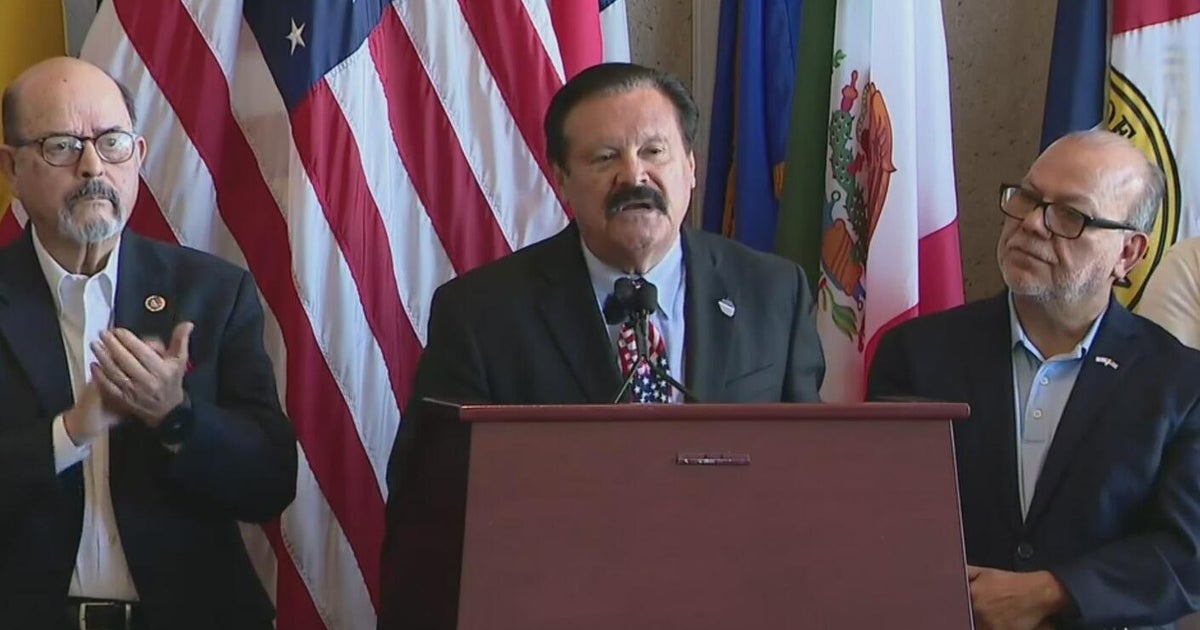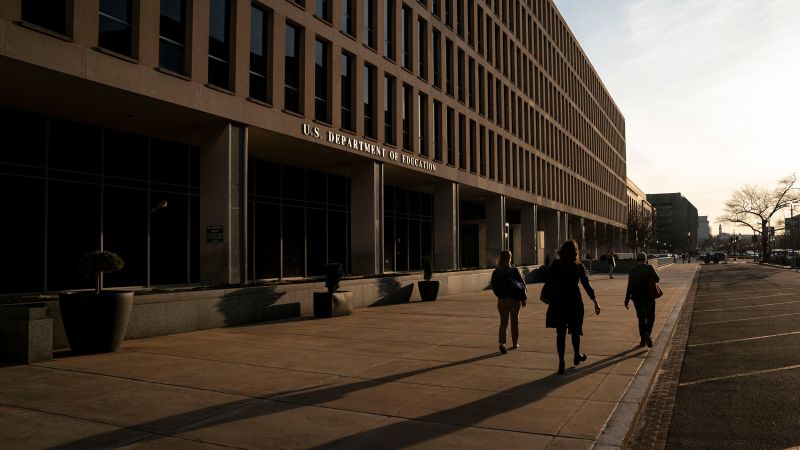Signs that investors in the US bond market are baking in higher inflation would be a “major red flag” that could upend policymakers’ plans to cut interest rates, a top Federal Reserve official warned.
The remarks from Austan Goolsbee, president of the Chicago Fed and a voting member of the Federal Open Market Committee, come just over a week after a closely watched University of Michigan poll showed households’ long-term inflation projections hit the highest level since 1993.
“If you start seeing market-based long-run inflation expectations start behaving the way these surveys have done in the last two months, I would view that as a major red flag area of concern,” Goolsbee told the Financial Times.
The Fed last week nudged up its inflation outlook and slashed its growth forecast, as Donald Trump’s tariffs cascade across the world’s largest economy. Still, the central bank’s chair Jay Powell expressed confidence that inflation expectations remain in check, citing a subdued outlook in markets.
The five-year, five-year rate — a measure of markets’ assessment of price growth over the second half of the next decade — is 2.2 per cent. In contrast, consumers in the UMich poll forecast inflation of 3.9 per cent over the long term.
Goolsbee, who served as a top economic adviser to then-president Barack Obama, said that if investor expectations begin to converge with those of American households, the Fed would need to act: “Almost regardless of the circumstances, you must address that,” he said.
Central bankers everywhere view keeping longer-term inflation expectations “anchored” as a crucial part of their job. If the public no longer trusts them, a vicious circle of higher wages and price increases could ensue.
Keeping expectations under control now matters even more than usual, with the Fed struggling to bring inflation back in line with its 2 per cent inflation goal after the US economy suffered the biggest rise in prices since the 1980s, an increase fuelled by pandemic-era supply constraints.
Alberto Musalem, president of the St Louis Fed and another FOMC voter, told journalists on Wednesday: “I am very attuned to the fact that businesses and households only a few years ago went through an episode of high inflation and are likely to be more sensitive to that should inflation rise again for whatever reason.”
Musalem also echoed Goolsbee’s concerns over consumers’ concerns over higher prices seeping into other measures, saying in a speech earlier in the day that the Fed would need to maintain — or even consider tightening — monetary policy should medium- to longer-term expectations “begin to increase actual inflation or its persistence”.
The personal consumption expenditures price index, one of the Fed’s preferred measures, was 2.5 per cent in January.
Goolsbee said the central bank was no longer on the “golden path”, witnessed in 2023 and 2024, when inflation was seemingly falling back to 2 per cent, without derailing growth or raising unemployment. It had now entered “a different chapter”, where “there’s a lot of dust in the air”.
The Fed has acknowledged Trump-induced uncertainty over the outlook for inflation and growth have waylaid its plans to cut interest rates from the current “restrictive” level of 4.25 per cent to 4.5 per cent.
Though officials still expect to make two quarter-point cuts at some point this year, the central bank held borrowing costs for the second meeting in a row last week.
Powell acknowledged that, partly in response to tariffs, “there may be a delay in further progress over the course of this year” on inflation.
Goolsbee said he believed borrowing costs would be “a fair bit lower” in 12-18 months from now, but cautioned it may take longer than anticipated for the next cut to come because of economic uncertainty.
“My view is that when there’s dust in the air, ‘wait and see’ is the correct approach when you face uncertainty,” he said. “But ‘wait and see’ is not free — it comes with a cost. You gain the ability to learn new information, [but] you lose some of the capacity to move gradually.”
Goolsbee, who serves a district that covers Michigan, home to many of the major US carmakers, said the next three to six weeks would be “a critical period [when] we’re going to resolve a series of policy uncertainties”.
“When I’m out talking to executives here in the district, they are frequently citing April 2nd as a key point of their uncertainty,” Goolsbee said, referring to Trump’s so-called “Liberation Day”, when the president plans to unveil “reciprocal” tariffs on US trade partners.
“They don’t know what’s going to happen with tariffs, they don’t know how big they’re going to be, they don’t know whether there will be exemptions, how they would apply to the auto sector, especially, because of its integration with Canada and Mexico.”




























